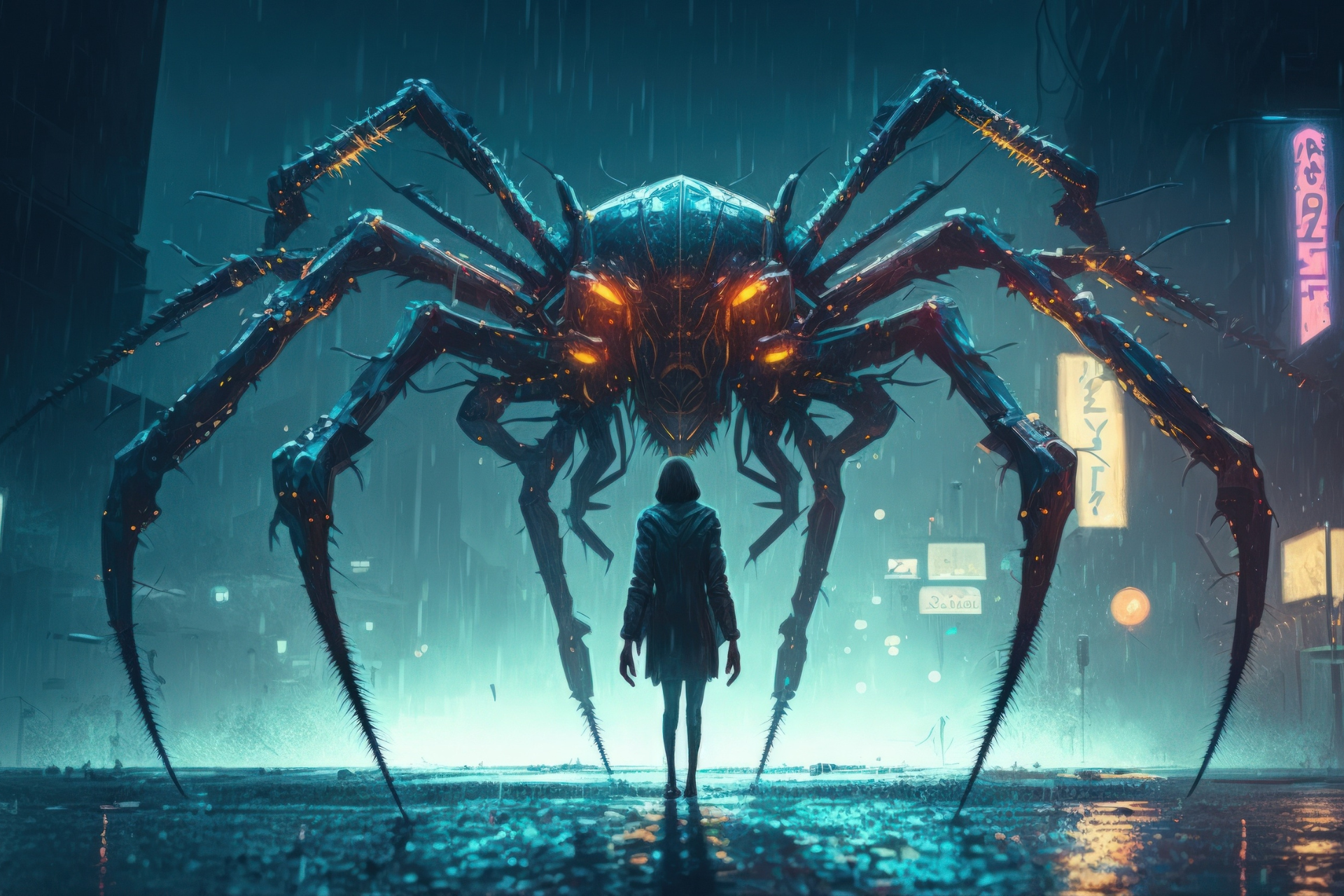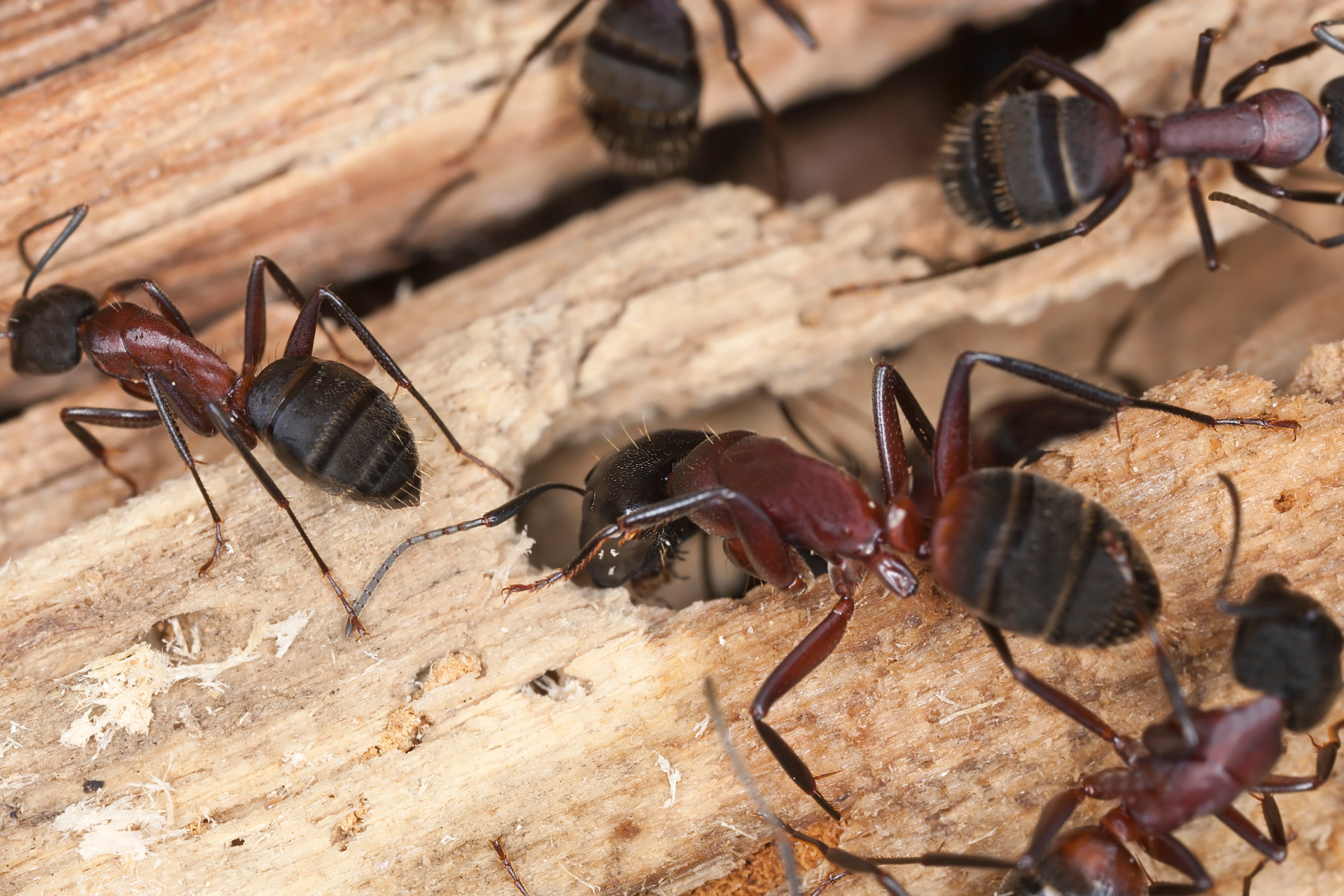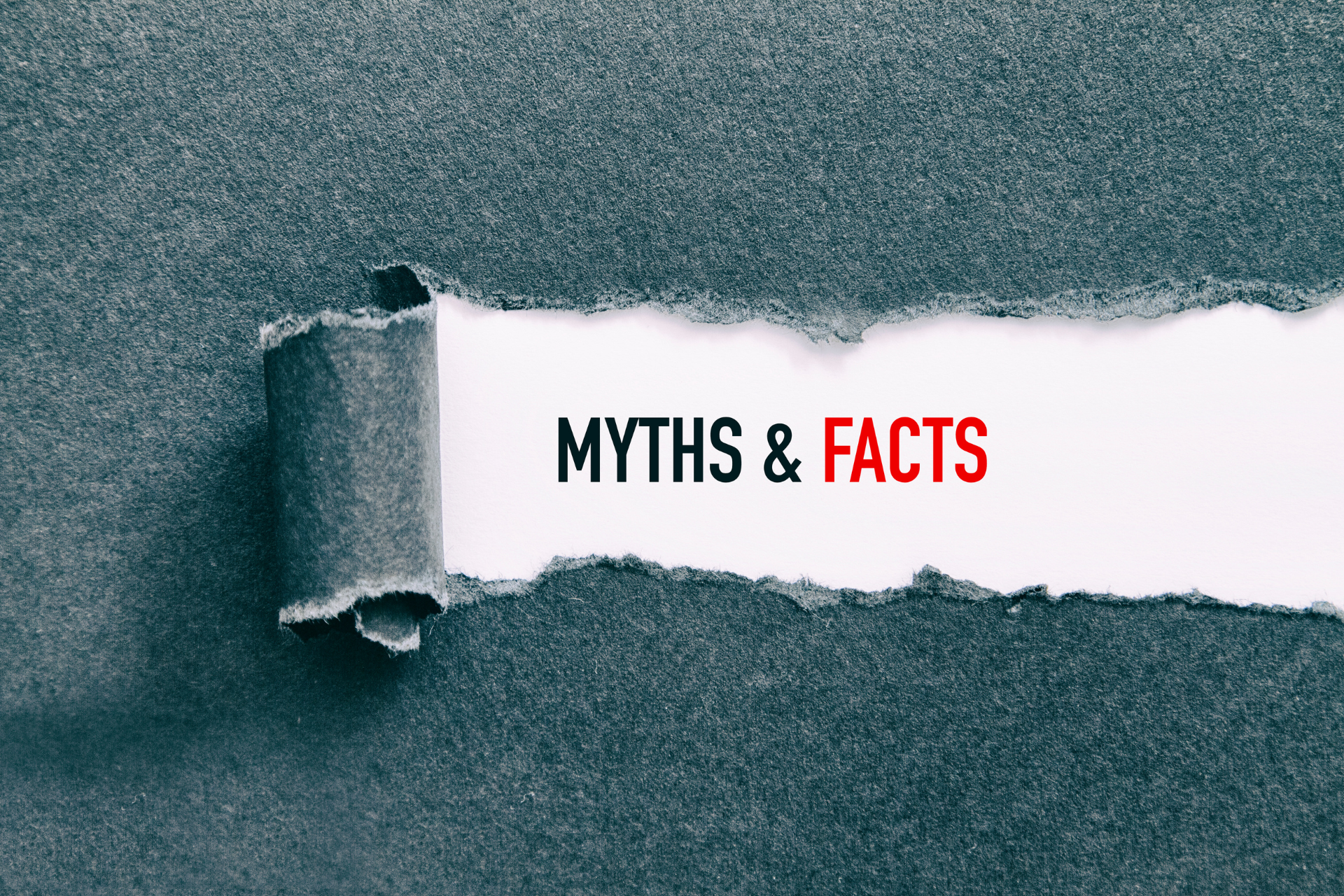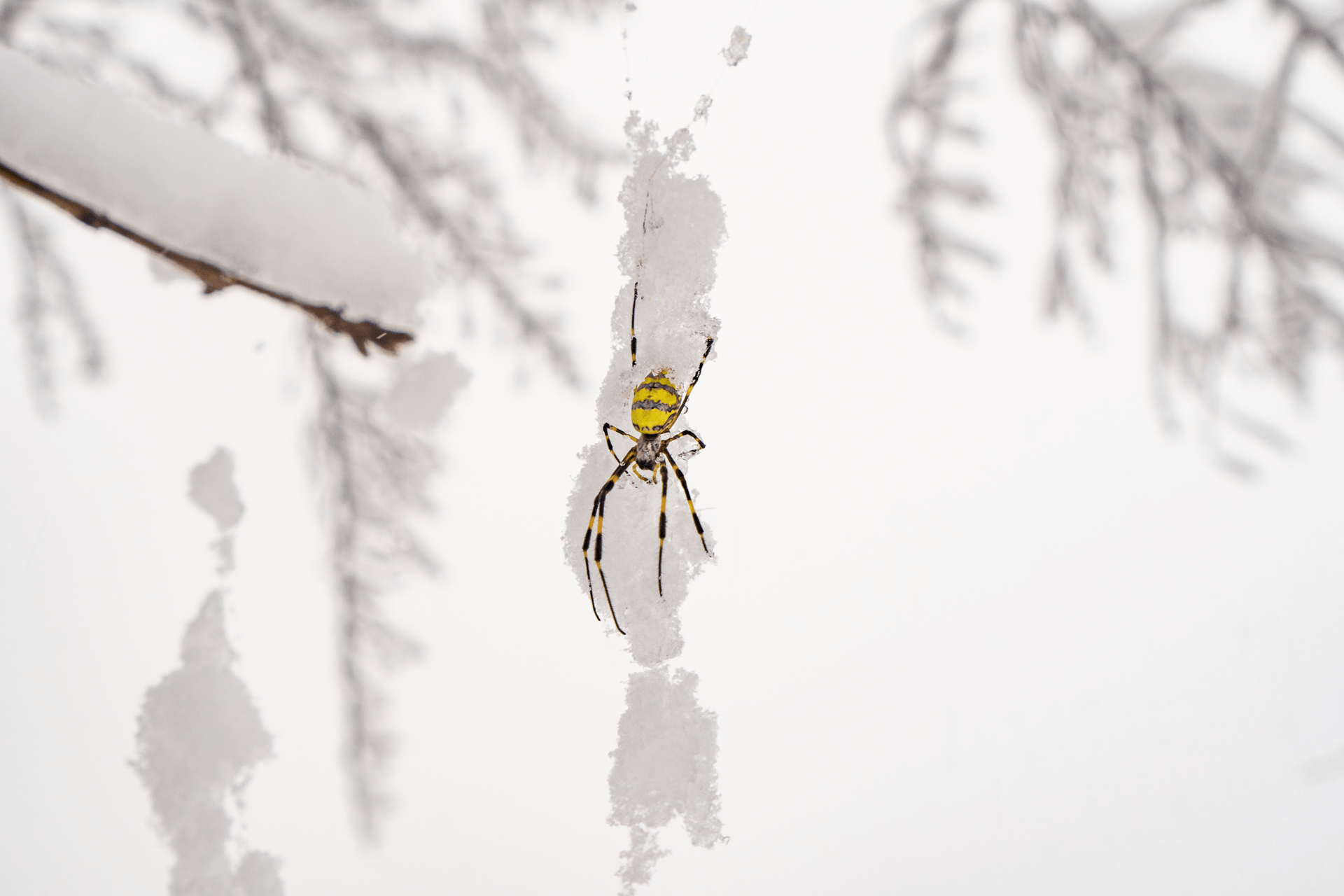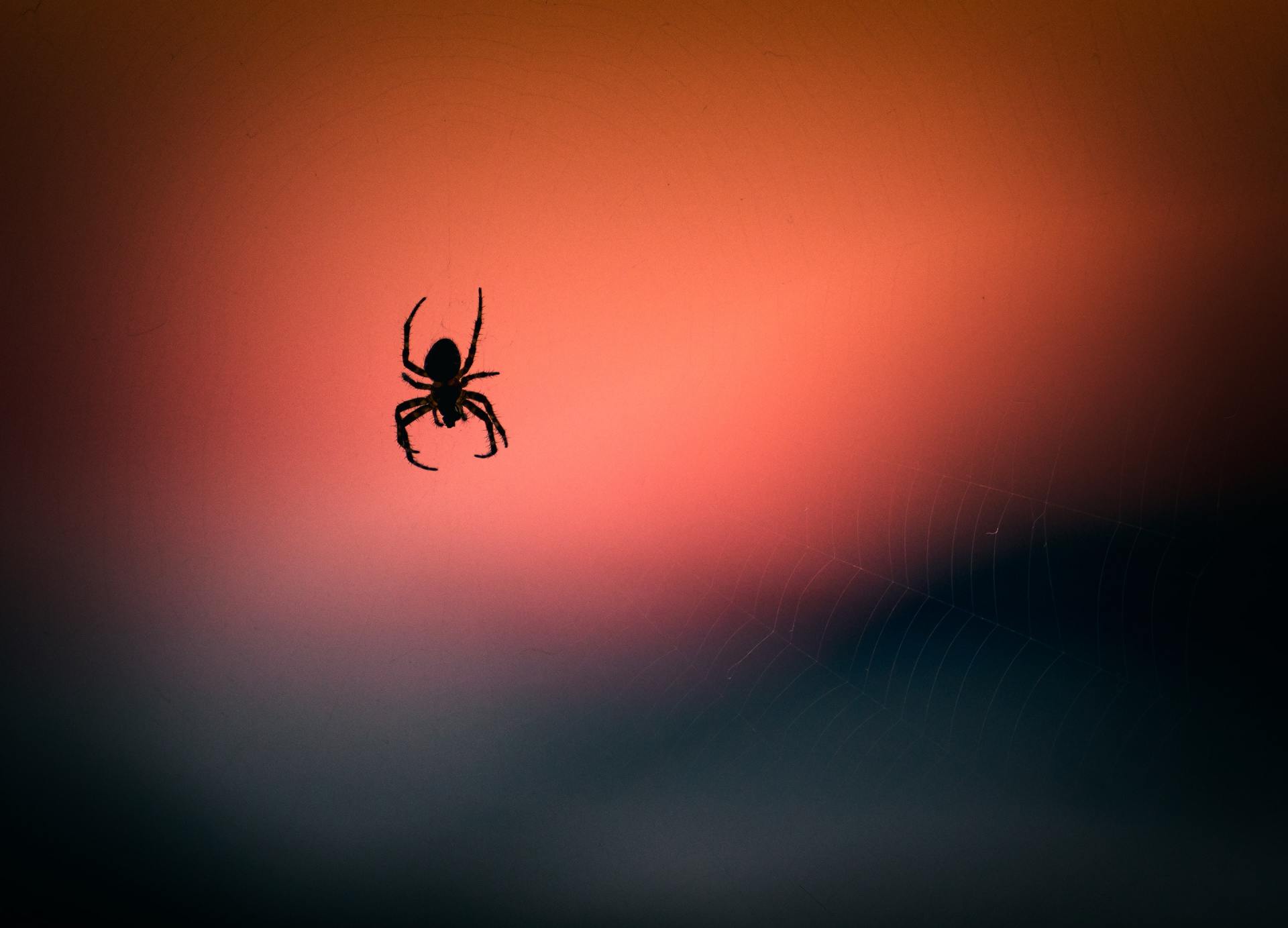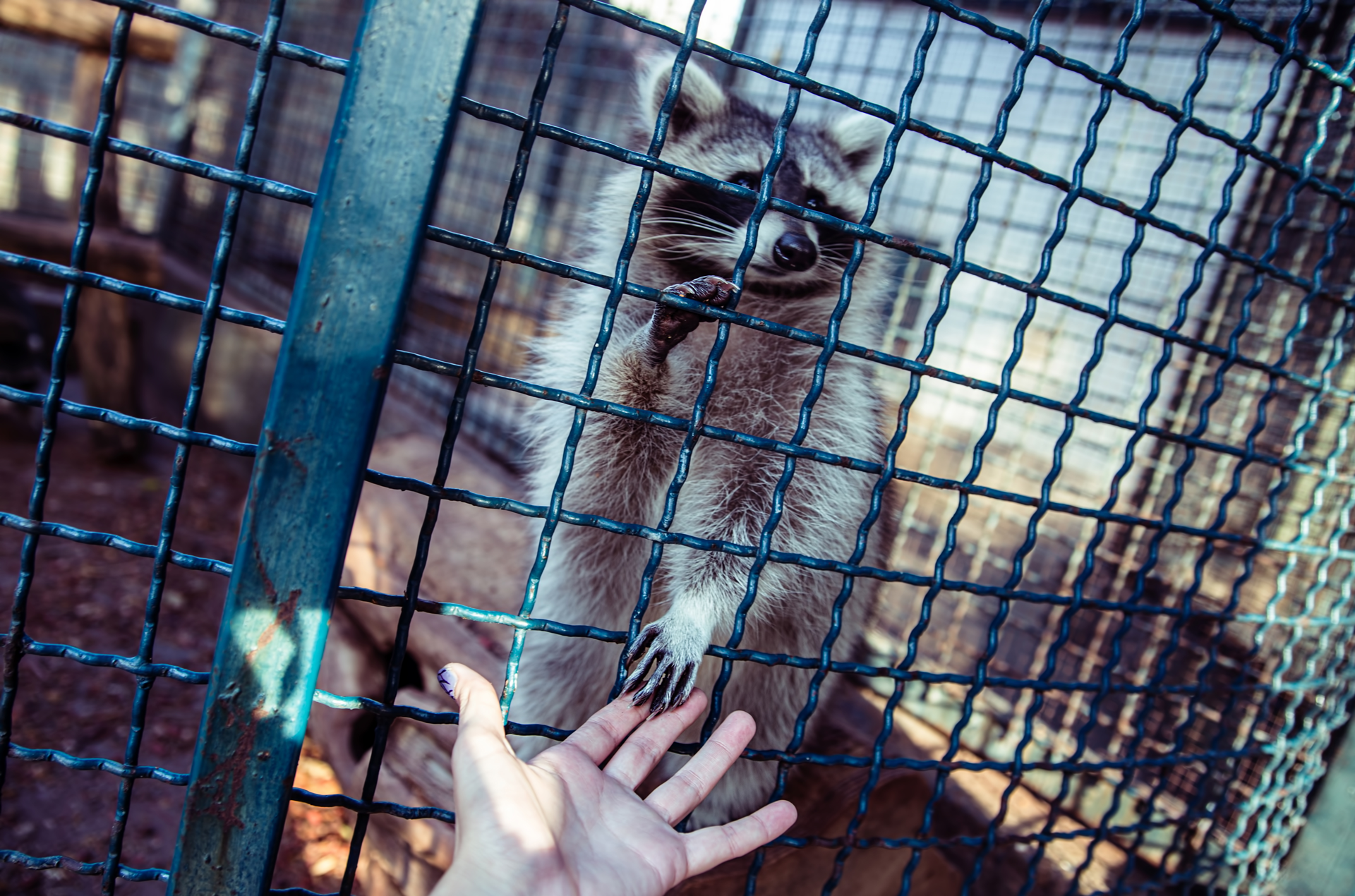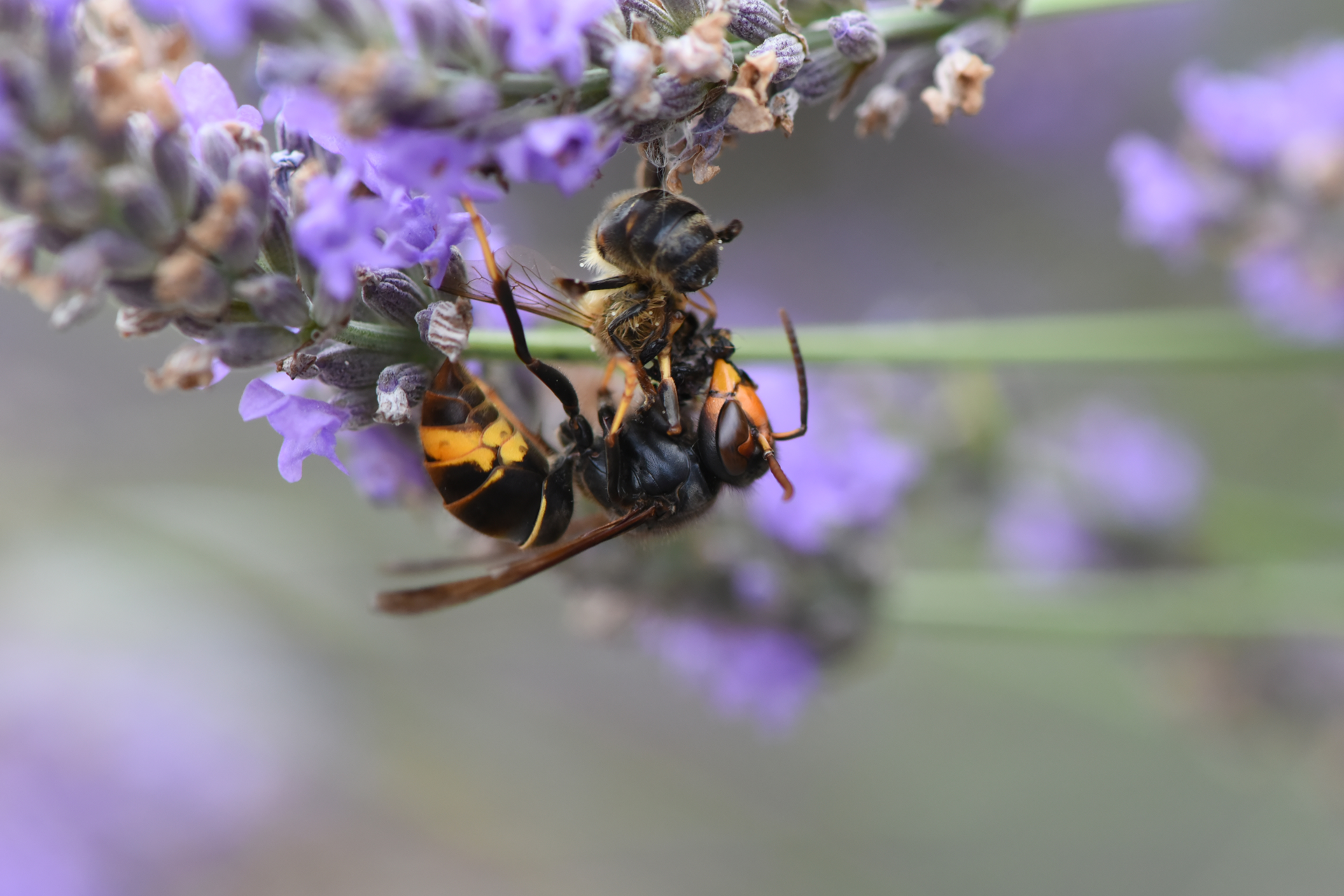Adorable Wildlife Is Not Dangerous - Right?
Wildlife Can Be Dangerous Even When It Looks Harmless
Movies and TV shows have us trained to think of wild animals as cute and sweet. We share videos online of fuzzy newborn cubs prancing and tumbling around with their families. From childhood, we grow up seeing adorable exchanges between animals presented as relatable characters and come to think of wildlife as understandable or even approachable. Though wildlife can certainly be beautiful, it’s important one’s admiration is kept at a distance.
Many people believe that if they adopt a wild animal while young, that animal will come to be part of the family like any other pet. There are plenty of depictions of this, from Princess Mononoke and the Stark family running with gigantic wolves they’d raised to the opposite perspective with Mowgli being raised by a whole host of creatures in the Jungle Book. That’s led people to try their luck with seemingly sweet, helpless animals they find abandoned, like raccoons and squirrels.
There are dozens of animals
worldwide that people are trying to keep regularly as pets. For instance, there are scores of YouTube videos of people hanging out with their pet skunks. Some of those are taken from the wild despite the massive risk of rabies and potential exposure to their stink glands. Others are bred and de-scented, robbing them of their only natural defense in a painful surgery. There are plenty of reasons why ownership of wild animals without a permit is illegal in the first place.
Participation in this business itself causes harm. To provide these animals as pets, they are taken from their natural habitat, often too early in their young lives, and bred and inbred in less than optimal conditions. From there, they’re sold in malls and on social media, where people buy them on a whim, not knowing the cruel treatment the animal dealers have put the creatures through.
In the United States, one of the most popular of these wild animals has been the incredibly cute sugar glider. They are advertised as domesticated, but to date, that is simply not true. Among other things, they require a special diet normally found in their natural habitat and become attached to their dominant caretaker, so much so that they cannot be left with someone else and will snap off a painful bite.
It takes decades to breed and pass desirable traits through generations, to the point where wild and domesticated animals of the same species are completely distinct, like dogs and wolves. Even then, they remain dangerous; there are 4.7 million dog bites annually in the United States, resulting in about 16 fatalities. The bunnies we live with are genetically different from the cottontail rabbits and hares you might see hopping about in your garden. They are so different that the two can’t even reproduce.
Keep in mind; domestication is not the same thing as taming. Taming is merely training an individual animal through conditioning, whereas domestication permanently alters a genetic line. Elephants and even some zebras have been tamed. Some people have close relationships with big cats like tigers and lions. The problem is, even if those animals learn to tolerate a human’s presence and accept the benefit they gain from the relationship, they remain wild, and their instincts can kick in for reasons people simply don’t understand.
This same tale has been told countless times. The humane society says since 1990, there have been over 300 attacks by big cats in 44 different states, costing four children and sixteen adults their lives and dozens of other injuries. A nonprofit called Born Free USA has recorded over 1,500 attacks involving wildlife pets
since 1990, leading to 75 deaths.
The notion proves true even for celebrities. In 2006, Paris Hilton made headlines for a much different reason than America had been accustomed to when her pet kinkajou, Baby Luv, bit her arm. Kinkajous are typically found in tropical rainforest climates and are related to raccoons. Hilton had to be rushed to an emergency room in the middle of the night to get a tetanus shot.
Wild animals pose other risks than the possibility of attack. Major diseases, such as the plague and the coronavirus, are zoonotic, meaning they are transferred from animals to humans. Many of those are lethal. Wild animals can also be host to some of the same viruses and diseases we vaccinate our pets against, but since those creatures don’t receive veterinary care, they may spread those infectious diseases and parasites to humans and animals alike. Even their urine and feces can expose humans to salmonella, distemper, polio, tuberculosis, herpes, rabies, and more. Though certain illnesses like rabies have outward, noticeable symptoms, others are more discreet. You might find a cute baby squirrel abandoned, thinking it needs your help, only to later find yourself just as helpless because you were exposed to a disease.
This teaches us that no matter how adorable or friendly wild animals may seem, they remain wild and cannot truly adapt to life with humans. Their instincts can override other patterns and behaviors they’ve shown. Things we may not even perceive as a problem could cause a response of fear, aggression, or mistrust.
As much love and caring you may give it, captivity can be bad for the animals, too. They have complex nutritional, psychological, and social needs that people cannot meet. Many are used to being in packs and can become confused, lonely, angry, or even debilitated without the presence of other members of their species. Being torn from their natural environment is hard enough but remaining away from it can be devastating.
No matter how cute a wild animal may appear, it’s important to remember that you are not on the same wavelength as that animal. Your perception of interactions is different from the animal’s. If you do come across a wild animal and need it to be removed from the premises, call the experienced and dedicated licensed technicians at Stratex Pest Control.
© 2025
All Rights Reserved | Stratex Pest Control


